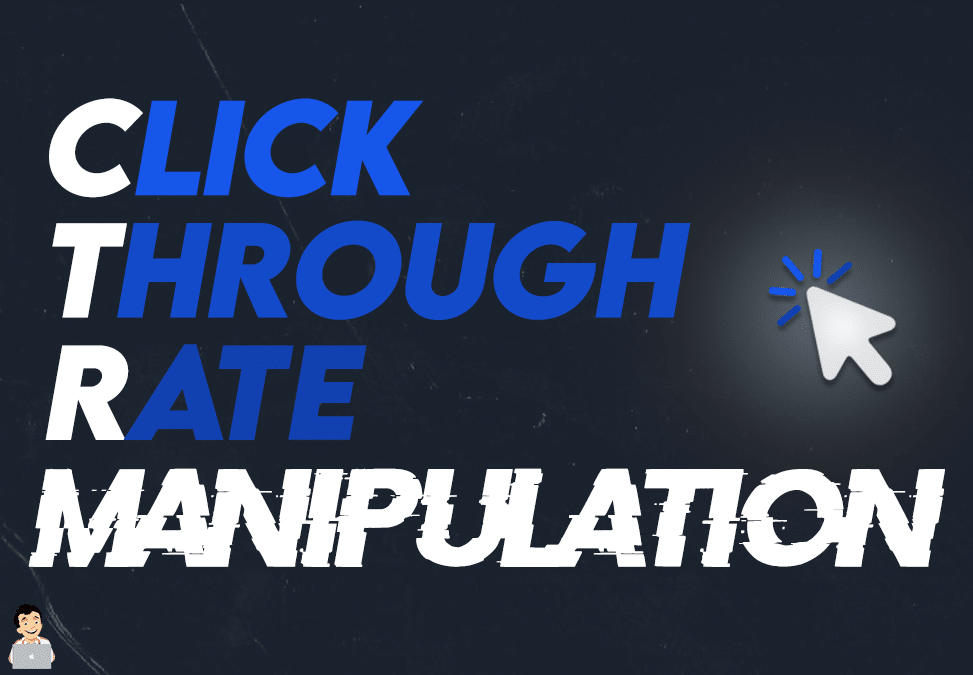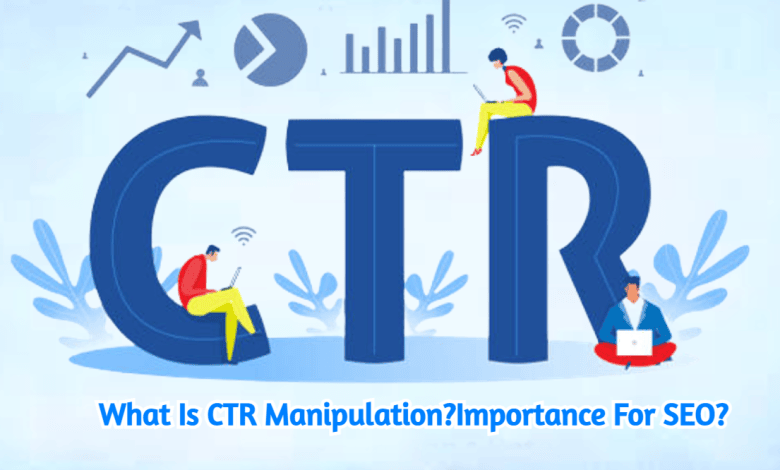Checking Out the Partnership Between CTR Adjustment Providers and Customer Habits
In the realm of digital marketing, the impact of click-through price (CTR) control services on user habits remains a complicated and intriguing subject. As on-line systems progressively rely upon CTR metrics to gauge the success of content, products, and services, recognizing just how these manipulated rates effect customer involvement and decision-making processes is critical. The interaction in between CTR manipulation and user habits increases concerns about authenticity, credibility, and the honest ramifications of such techniques. By studying the elaborate partnership in between CTR control services and individual habits, appealing understandings arise that may reshape our understanding of digital advertising approaches and their results on customers.
Influence of CTR Control on Habits
Evaluating the influence of Click-Through Price (CTR) adjustment on individual behavior reveals essential insights right into the characteristics of online interaction. CTR control involves artificially blowing up the variety of click a specific link or ad to deceive customers and search engines. This practice can bring about a distorted perception of a page's appeal or significance, ultimately affecting user actions.

Additionally, CTR adjustment can skew the data made use of by algorithms to customize customer experiences. This can result in users being offered web content that does not align with their preferences or rate of interests, eventually bring about a decline in user contentment and engagement. Comprehending the effect of CTR adjustment on user behavior is necessary for keeping openness and count on on the internet interactions.
Individual Involvement With Adjusted CTR
User engagement with manipulated CTR data commonly brings about manipulated assumptions of online content popularity and relevance. When users communicate with content based on synthetically inflated Click-Through Rates (CTR), they may believe that specific information, products, or services are much more popular or trustworthy than they actually are. This can result in users choosing based upon deceptive information, causing possibly undesirable results.
Interaction metrics like likes, shares, comments, and time invested in a webpage are often affected by CTR manipulation. Users might be a lot more likely to engage with content that shows up to have greater involvement rates, additionally bolstering the cycle of manipulated perceptions. As a result, web content makers and marketers may prioritize producing web content that produces high CTR instead of concentrating on developing really valuable and relevant product.

Mental Impacts of CTR Manipulation

Moreover, the emotional results of CTR control can additionally materialize in altered decision-making processes. Users might be extra likely to click on web content solely based upon its viewed appeal, instead of its actual worth or significance to their requirements. This behavioral shift can cause a surface interaction with online material, where users might neglect premium but much less popular offerings in support of those with synthetically boosted CTRs.
Essentially, the psychological implications of CTR manipulation highlight the value of maintaining openness and authenticity in on the internet interactions to promote real individual involvement and count on.
Moral Considerations in CTR Adjustment
CTR control elevates problems concerning tricking individuals, misshaping information analytics, and endangering the reliability of on the internet material. By synthetically inflating CTR, users may be misinformed into clicking on web links see it here or ads they would not have actually picked or else, leading to a disingenuous online experience.
Another ethical aspect to consider is the fairness of manipulating CTR to obtain an unreasonable advantage over competitors. Involving in such methods not only violates concepts of fair game but additionally undermines the trust that customers put in online systems. It is necessary for services and digital marketing professionals to support moral requirements in their practices to make certain transparency, reliability, and long-term sustainability in the on the internet environment.
Effects for Digital Advertising
With the increasing reliance on electronic platforms for advertising and marketing functions, the technique of controling click-through prices (CTR) positions substantial ramifications for the performance and stability of electronic marketing approaches. CTR manipulation can cause skewed data analytics, misleading marketing professionals into thinking that their campaigns are carrying out far better than they actually are. This can lead to misallocation of sources, with companies purchasing underperforming strategies based on falsified CTRs. When customers understand that CTRs have been manipulated, it can wear down trust fund in the brand name, leading to long-lasting adverse consequences for client commitment and brand name reputation.
Furthermore, the use of CTR manipulation services can develop an unreasonable affordable landscape, where companies that involve in such techniques obtain an artificial advantage over those that abide by moral advertising and marketing requirements. This can stifle development and imagination in digital advertising and marketing, as success comes to be even more about manipulation methods than supplying authentic value to customers. Eventually, the ramifications of CTR manipulation for electronic advertising prolong past temporary gains, affecting the overall sustainability and integrity of marketing initiatives in the digital world.
Final Thought
In conclusion, the relationship in between CTR adjustment services and customer habits is complex and complex. The effect of CTR adjustment on habits, user involvement with manipulated CTR, emotional impacts, moral considerations, and effects for digital advertising and marketing all contribute fit this partnership. Understanding these characteristics is vital for online marketers and scientists alike in order to navigate the moral implications and take full advantage of the visit this site effectiveness of their electronic advertising and marketing methods.
 Kirk Cameron Then & Now!
Kirk Cameron Then & Now! Patrick Renna Then & Now!
Patrick Renna Then & Now! Jenna Von Oy Then & Now!
Jenna Von Oy Then & Now! Jennifer Love Hewitt Then & Now!
Jennifer Love Hewitt Then & Now! Mike Smith Then & Now!
Mike Smith Then & Now!